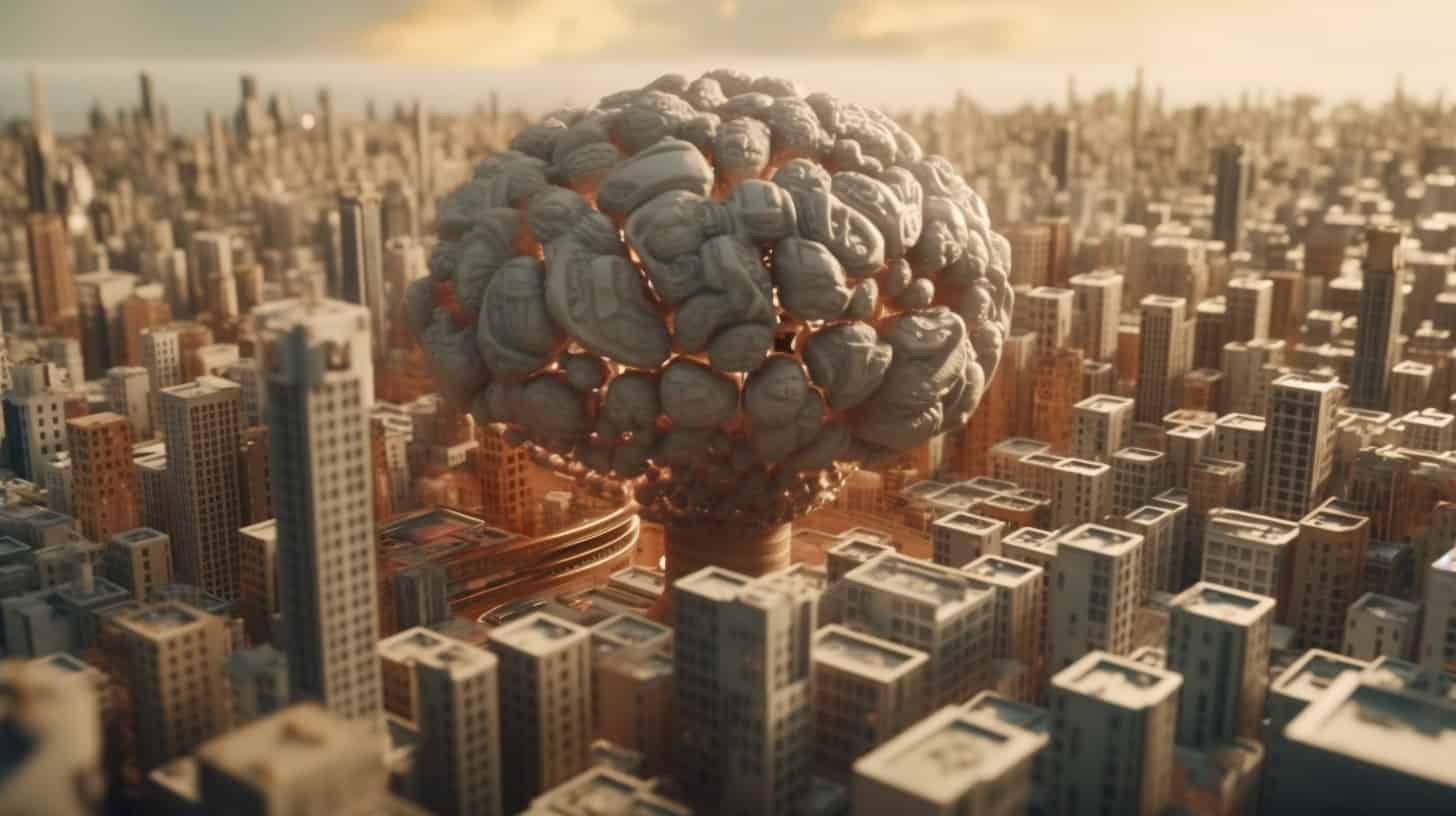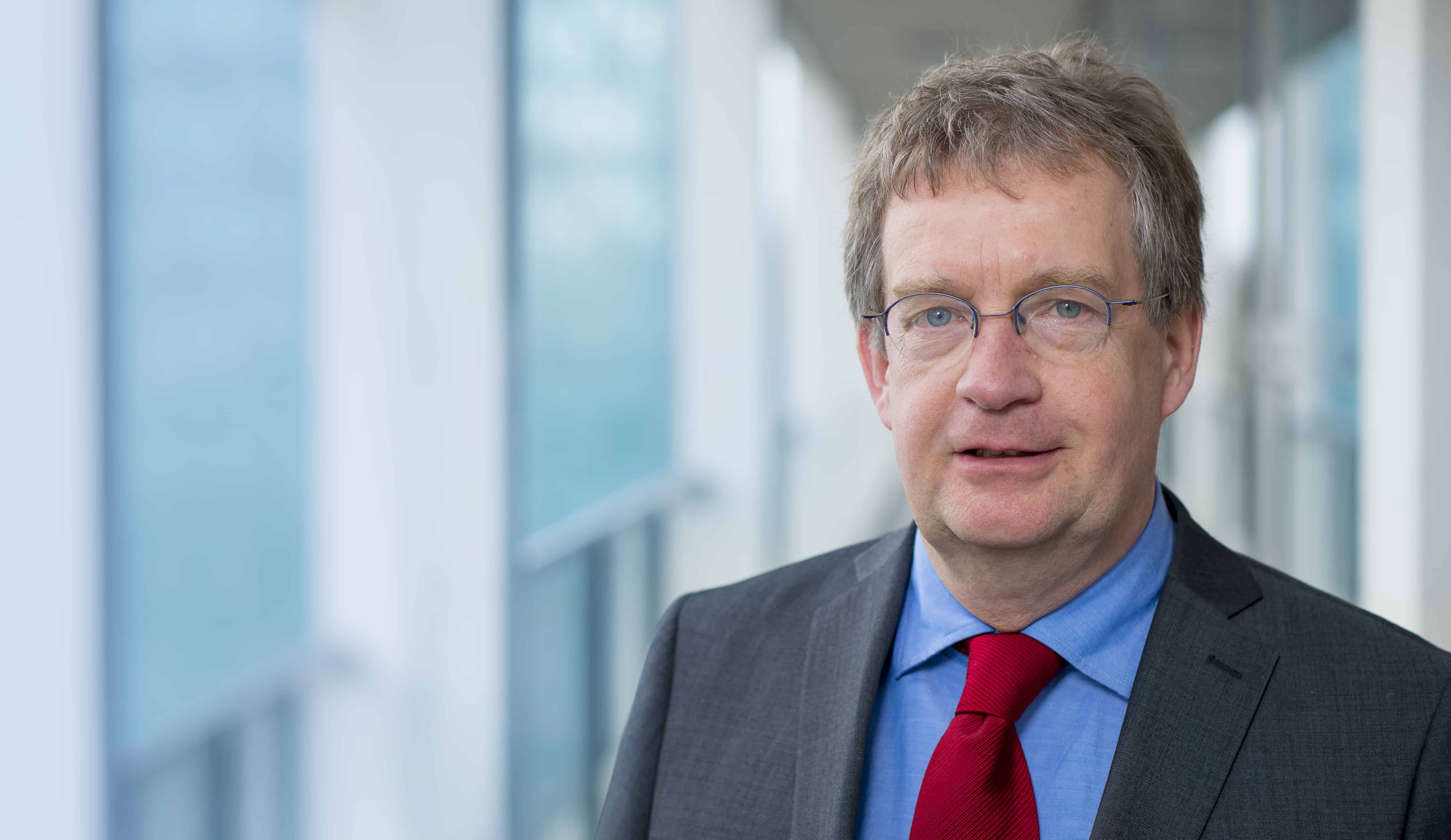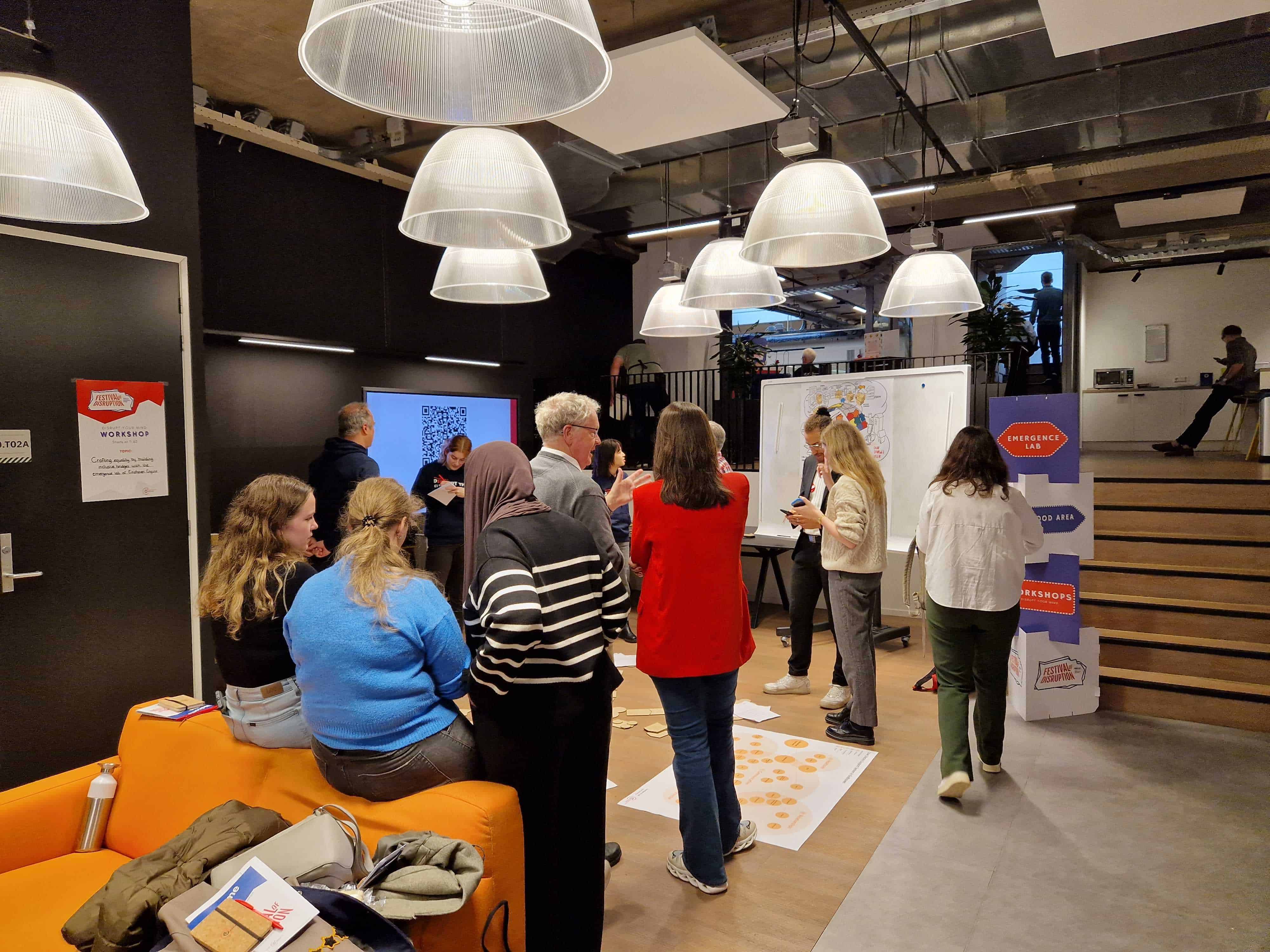
By definition, a disruption is the action of changing the traditional way an industry or a market works by means of new methods or technology. The invention of the wheel, the Industrial Revolution, and the Internet all belong to the category of disruptions. After them, in one way or another, the status quo changed, for good or worse. As humankind grows forward, what are the disruptions that will rewrite history?
The second edition of the Festival of Disruption tried to answer this question. The event, organized by Eindhoven Engine – the innovation accelerator founded by the Eindhoven University of Technology (TU/e), Fontys University, and the Dutch research institute TNO – showcased a vast array of technologies. Throughout the whole festival, the projects being developed within the accelerator and the universities were showcased.
The rooms of the TU/e campus’ Disruptor building hosted keynotes, workshops, and pitches. Visitors could learn more about technologies set to, or aiming to, disrupt energy, smart mobility, and healthcare. With climate change knocking at our door, new disruptions are in need, the audience was told.
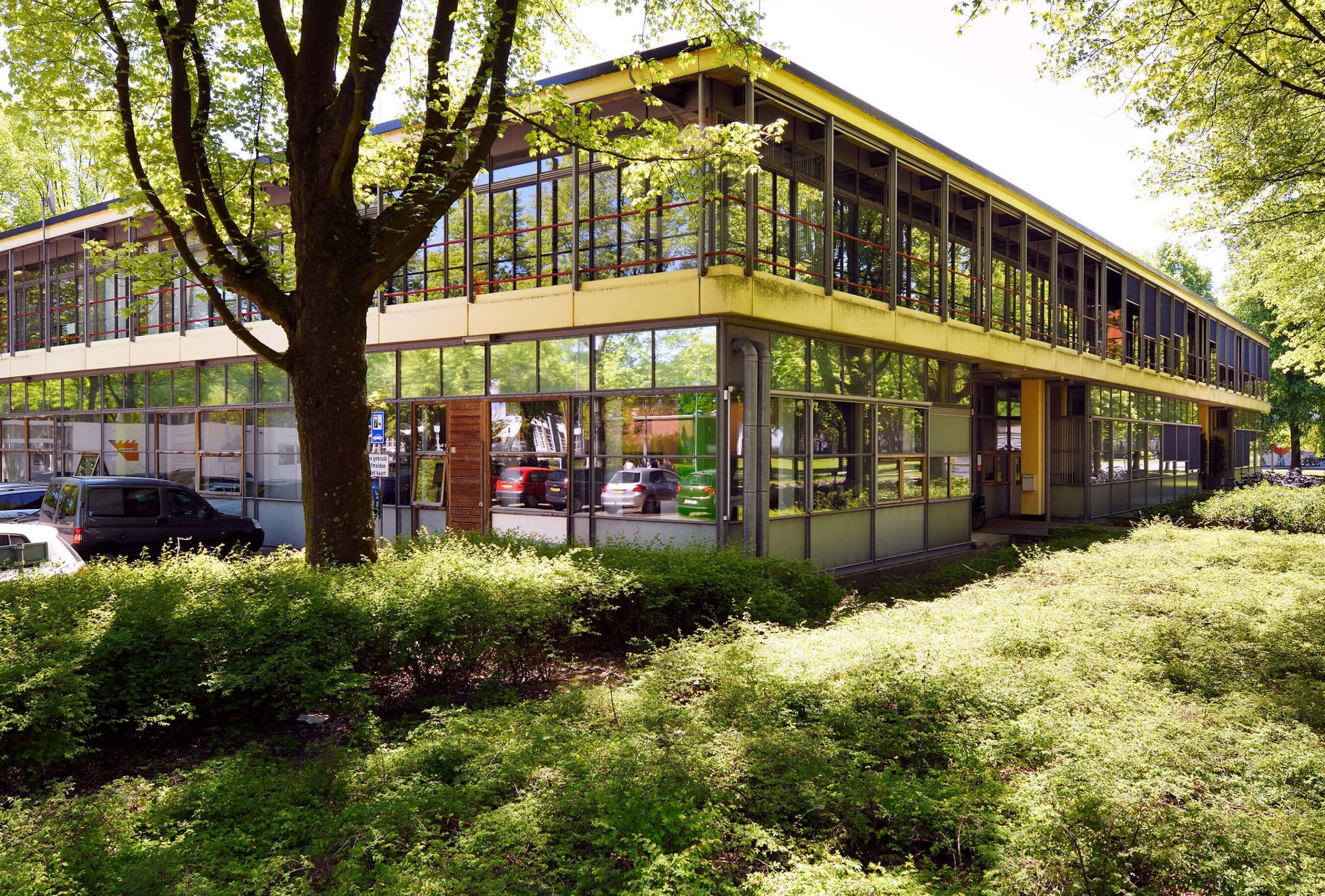
Architecture is disruption
Keynote speaker Floris Alkemade looked at disruption from the perspective of transformative change. He talked about the why and how. Why such change is needed was clear – the many complex problems affecting the world nowadays – and the how, architectural thinking, were the main pillars of his speech. Taking stock of all the challenges lying ahead, the renowned architect and urban designer believes architectural thinking can help address them. “We know things, we can design, but we are entering unknown grounds, which is why we need transformative change. Imagination and design thinking are skills politicians don’t have and that our society needs at this moment,” he stated.
With science asking for a revolution, the time has come to rethink “our fundamentals”, the architect said. Birth control, fertilization, and industrialization are some of the examples mentioned by Alkemade, who underlined how “the next decades will be determined by the questions we ask ourselves.”
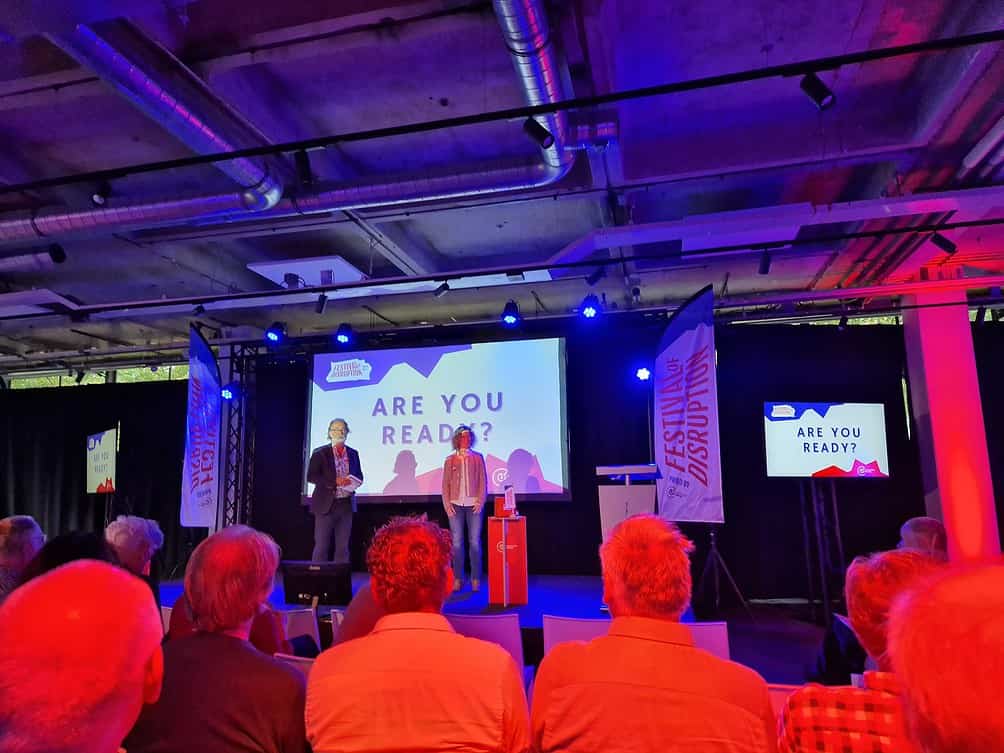
One of the thought-provoking questions prompted by the architect was whether humankind can produce and consume without leaving a trace. In finding answers, he suggested reversing the way we think. “Don’t look at what you can do; define what you want.” Notwithstanding, he believes change is happening – hinting at the emissions reduction – “make sure that it keeps going,” he warns, mentioning that every delay is a waste of money.
Energy independence with the smart shed
Among the workshops, one of them presented the Smart Heat Shed. This project combines two breakthroughs: a heat facade and a heat battery. Both discoveries stemmed from TNO and are now being developed by spin-off companies Calosol and Cellcius. The shed’s external coating captures air heat, then goes to a connected heat pump that increases the temperature. Excess power is then stored in the heat battery.

The project aims to offer a solution to address the ongoing transition, providing four households with sustainable heating and cooling. When the three pieces of the puzzle are all connected, the system can aspire to self-energy sufficiency, thus relieving the grid from overload. Yet, the technology is far from perfect and is still being developed.
Therefore, during the workshop, after introducing the initiative and offering visitors a chance to see it in real life, attendees were challenged to discuss it further. The advantages and disadvantages of it, as well as its integration into existing spaces, were some of the talking points. For now, researchers see the smart shed as an option possibly for new buildings and those in need of renovation, studying the best options to reduce the loss of liveable space.
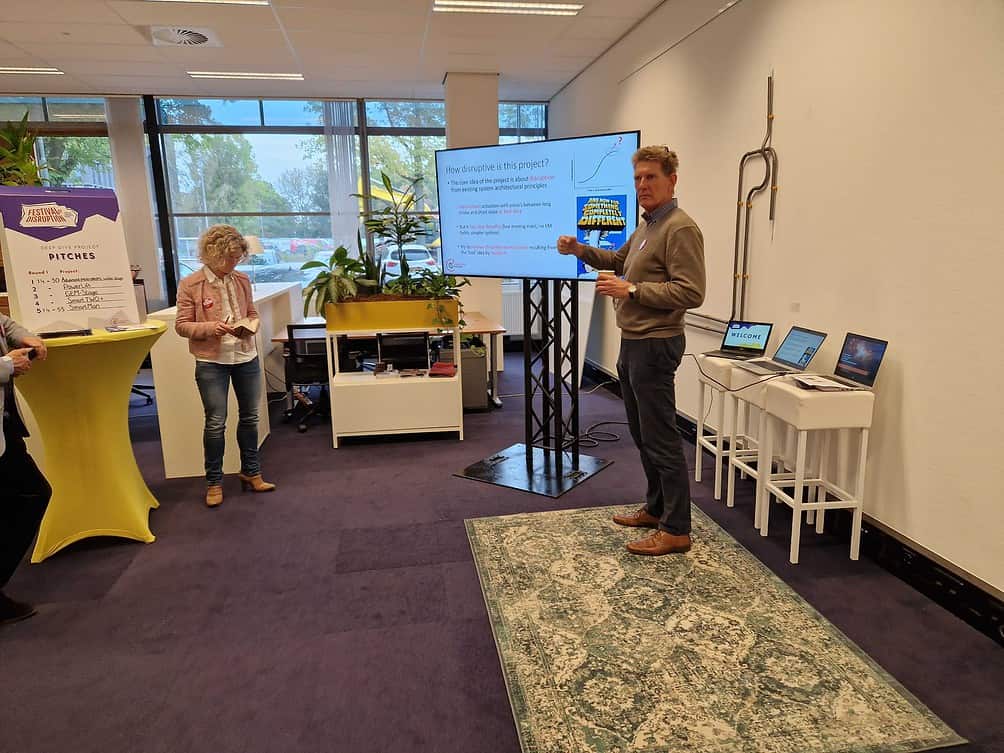
Roaring engine
The projects fueling the Eindhoven engine were shown in breakout rooms divided by topic. One of them is fueling electric aviation. The PowerLift project is conducting research on sustainable batteries for electric airplanes. This battery aims to have a long lifetime and to store enough energy. The initiative is joined by Tulip, which develops aerospace battery packs, cell producer LeydenJar, and drone manufacturer Wingtra.
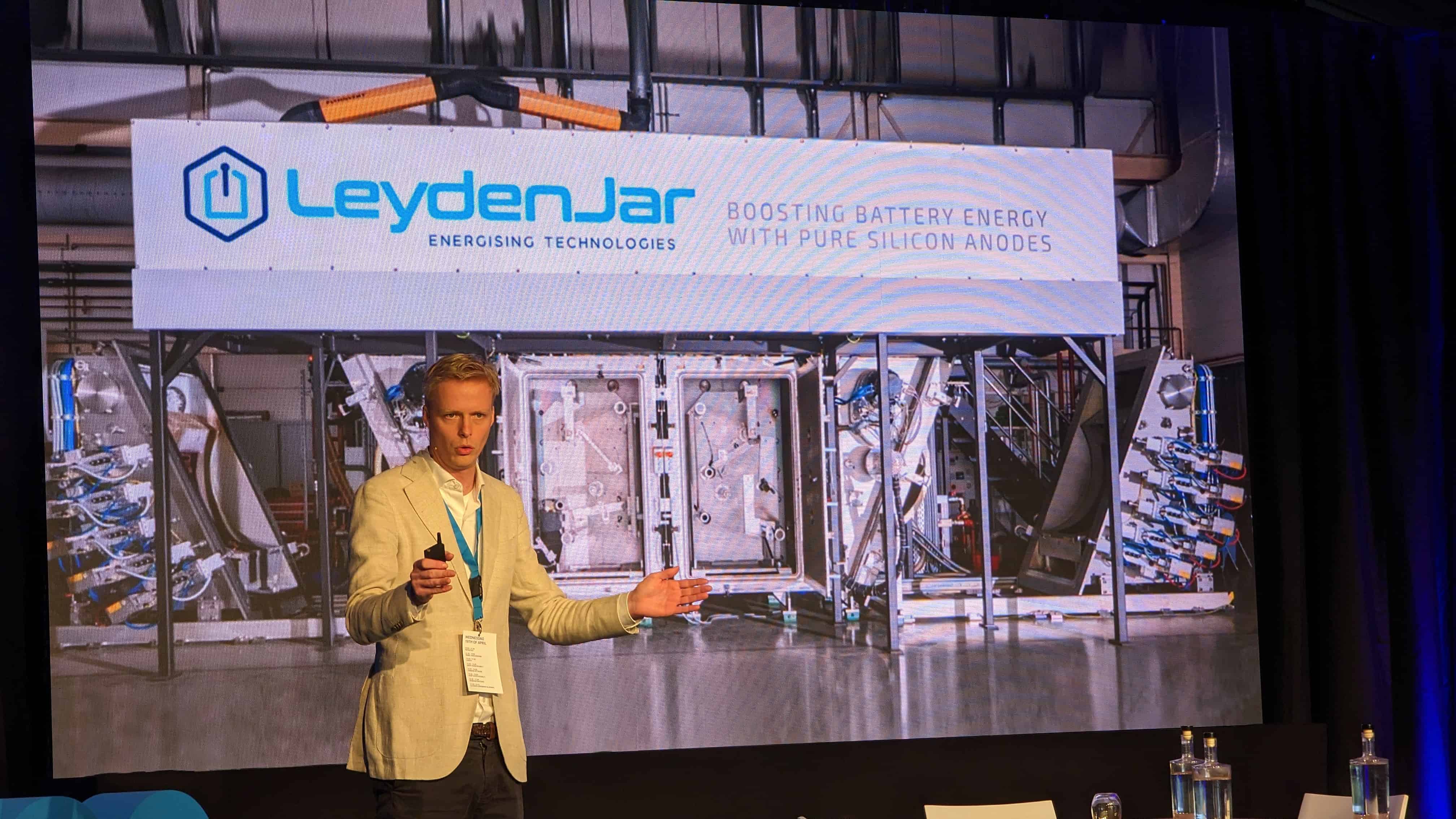
There is something we can learn from wombats. Newborn wombats, marsupials native to Australia, stay in the mother’s pouch for five months and can remain with their mom for up to two years. After birth, human babies also face a psychological transition from the mother’s placental support to life outside the womb. For premature infants, this shift is too fast to handle, as it poses heavy demands on the newborn immature organs. Wombath is working on an artificial womb that supports the development of these babies.
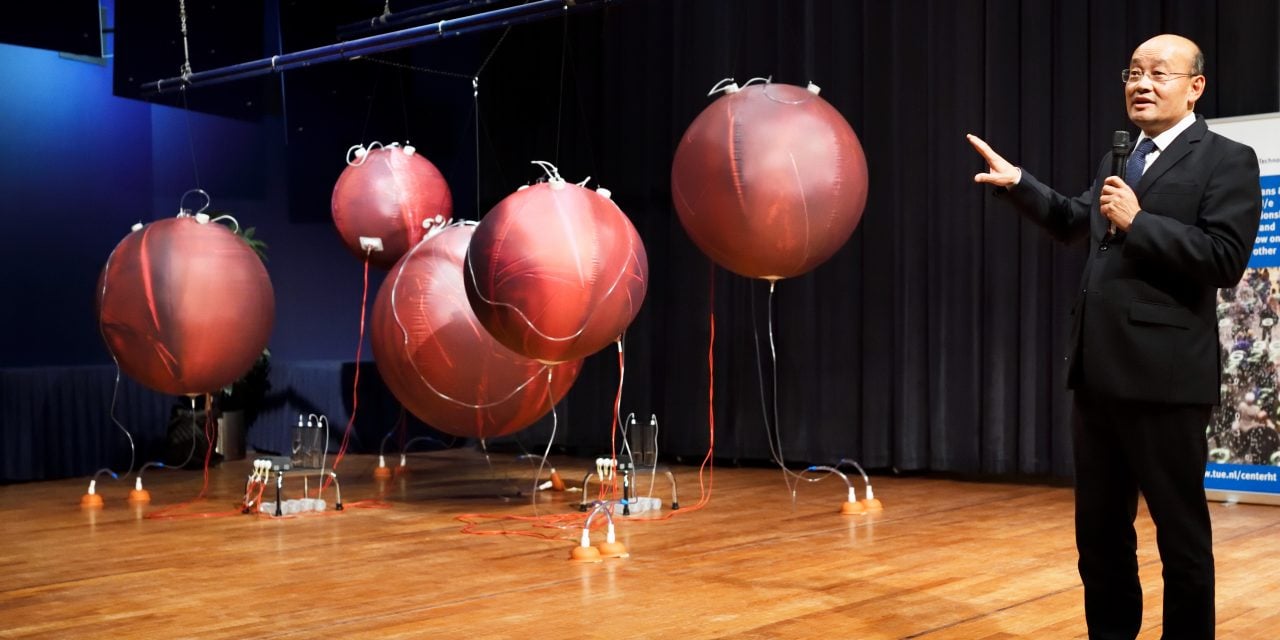
In the smart cities area, one of the pitched projects was the Brains4Buildings one. Within the building sector, accounting for 36 percent of the final energy use, heat ventilation and air conditioning (HVAC) systems consume a large share of this power. Therefore, Brains4Buildings is working on a smart system to streamline energy consumption. The goal is to have a self-learning module to monitor and diagnose climate systems in large dwellings. In addition to a more efficient use of power, the module would improve air quality and maintenance.
